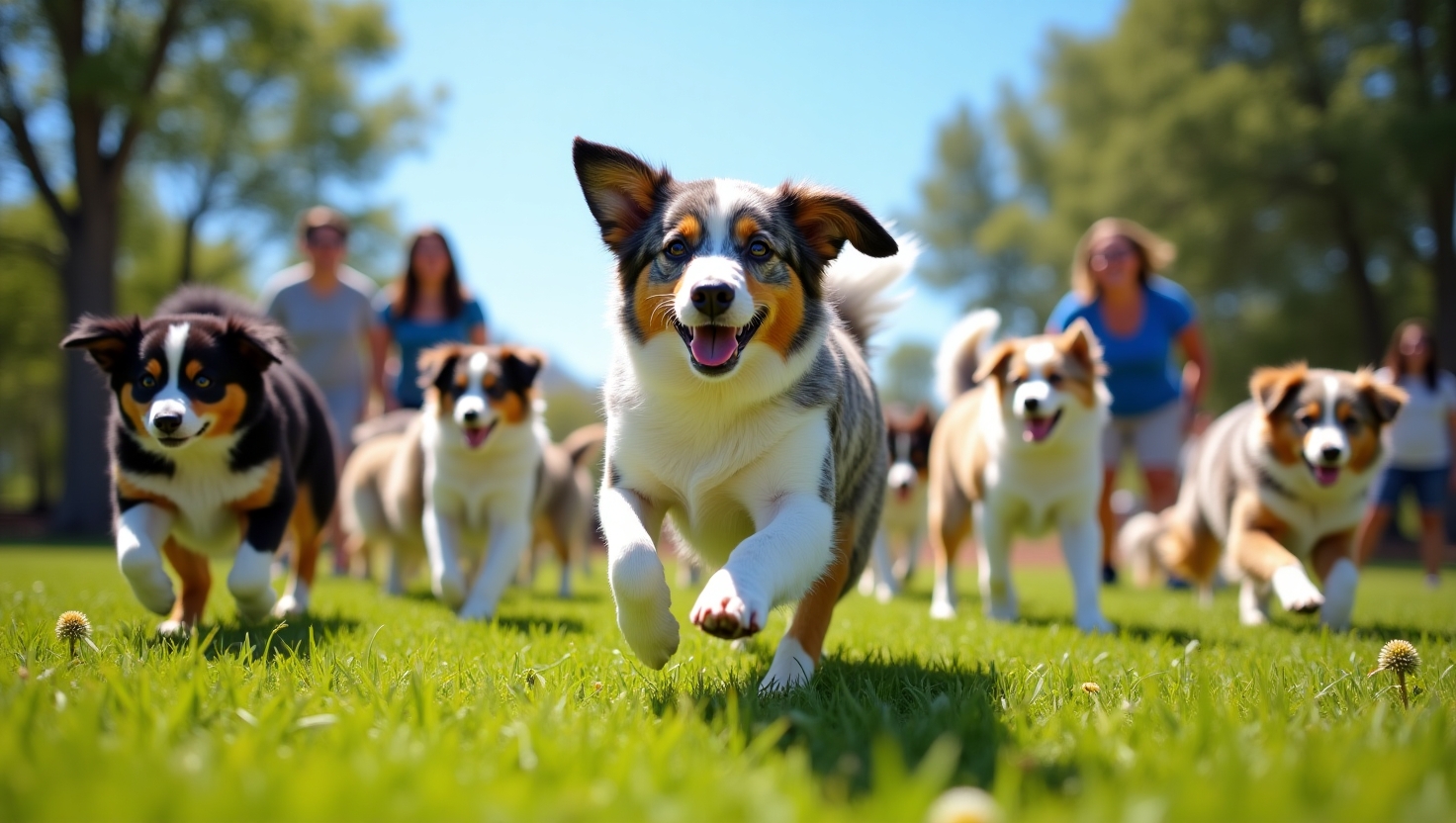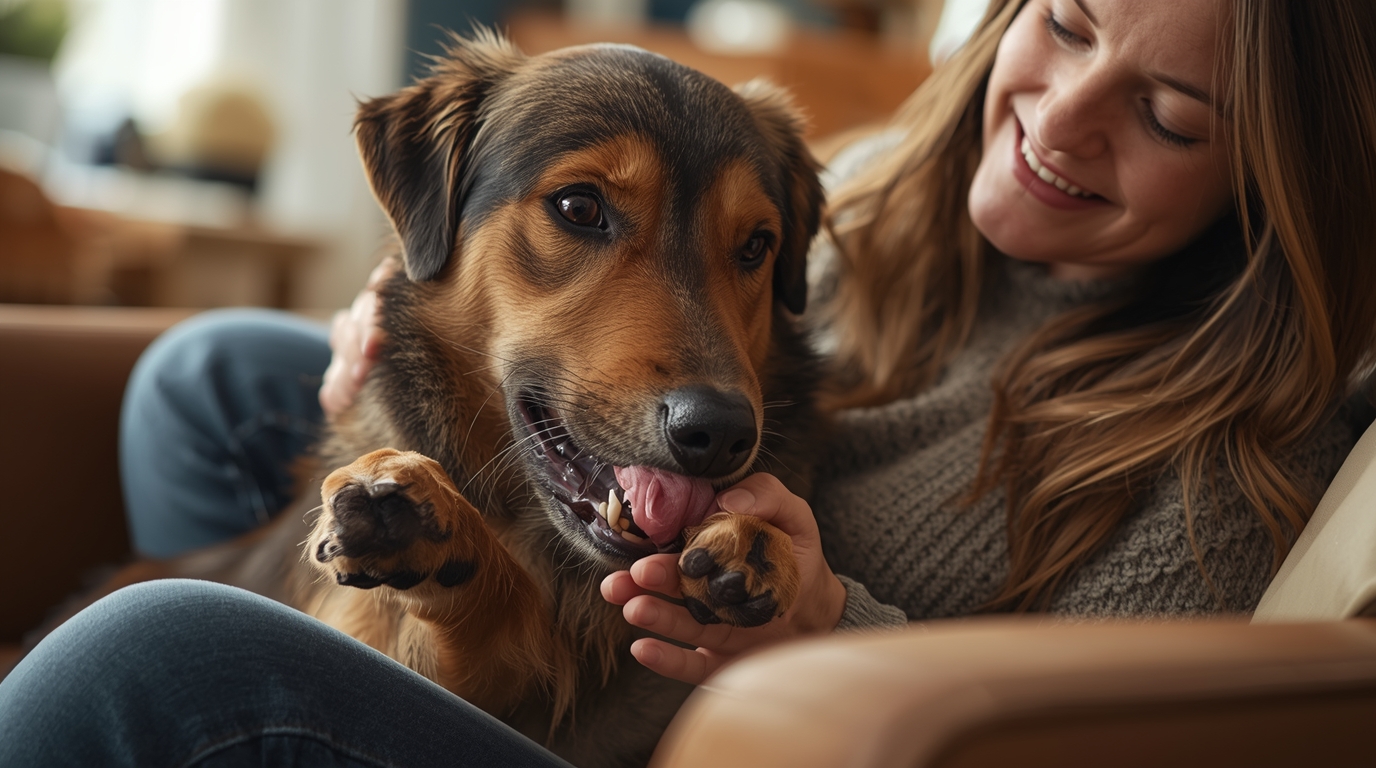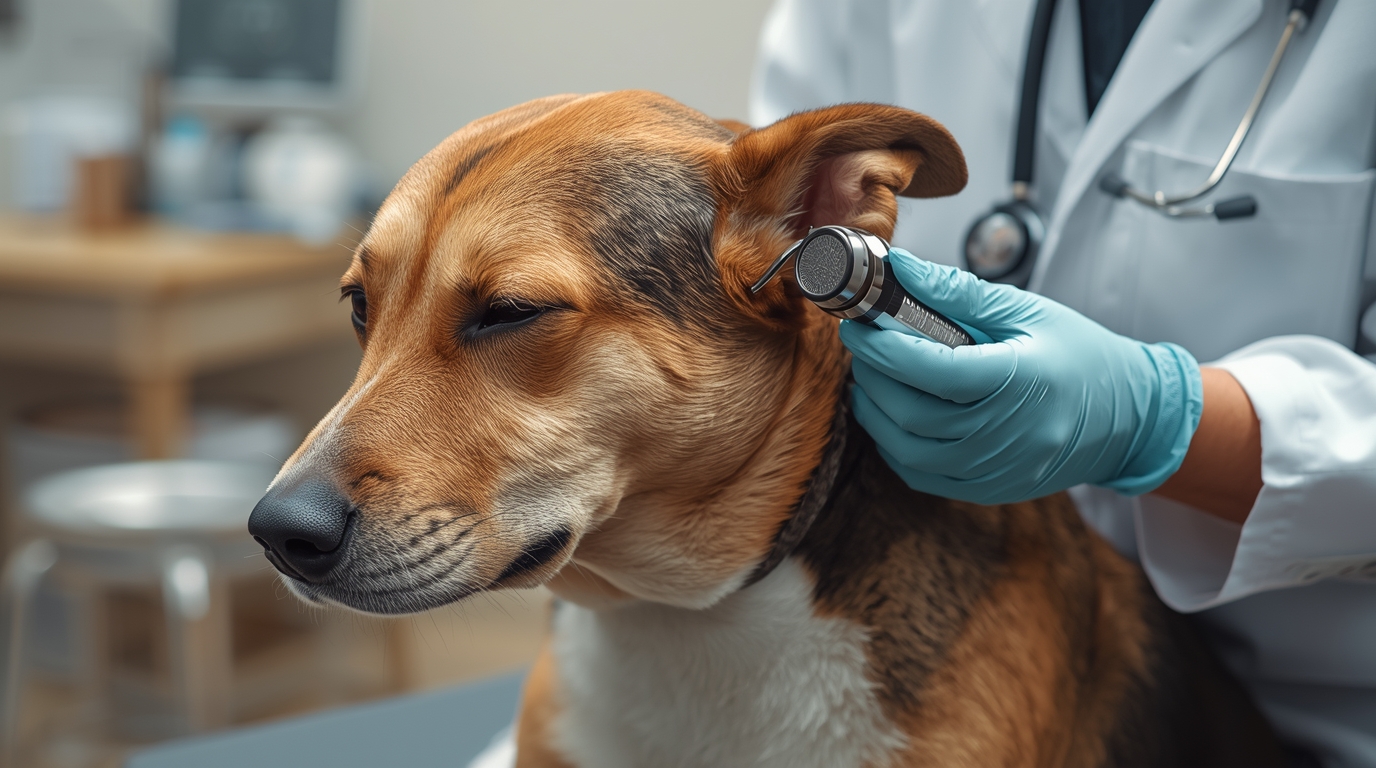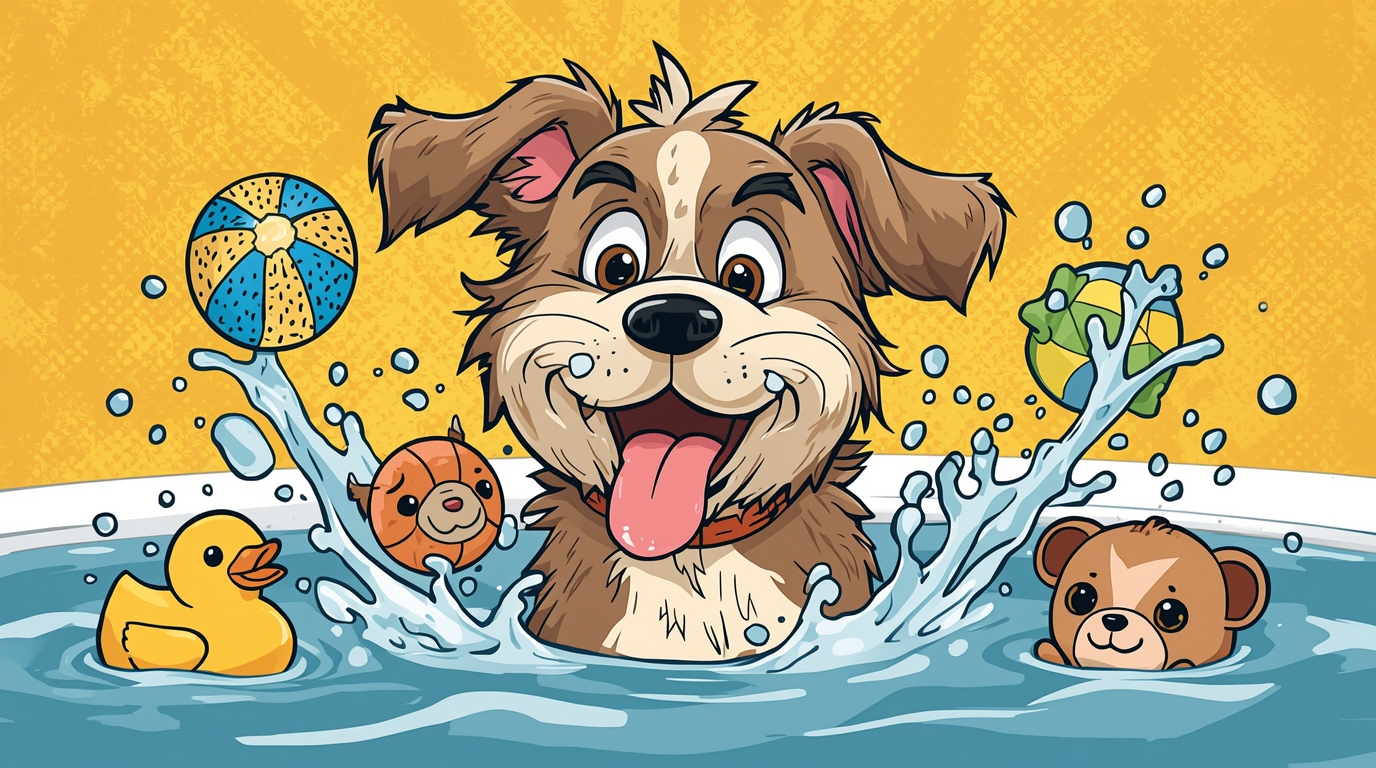Introduction:
Attending a dog park is usually one of the best parts of a dog’s week. It’s where they get to stretch their legs, have a sniff around, socialise, and expend energy. But it’s not just about letting them off the lead. For Australia’s dog owners, being aware of the nitty-gritty involved in using a dog park effectively and safely is what makes all the difference for your dog’s wellbeing, happiness, and safety.
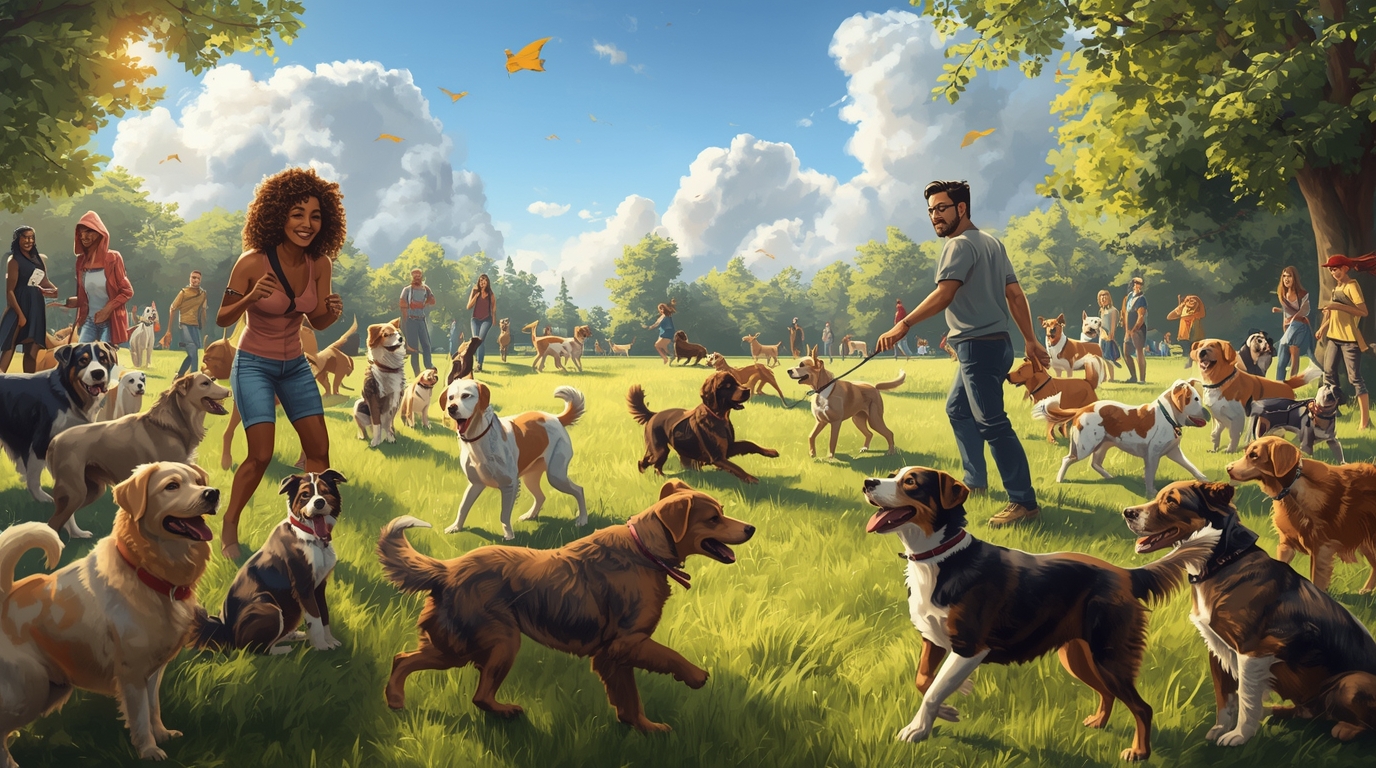
What Is a Dog Park?
A dog park is a public or private park area for dogs to exercise, socialize, and play, usually off-leash. Parks sometimes include fenced-off areas (sometimes divided for large and small dogs), access to water, shade, and dog-friendly facilities. Others are unfenced off-leash areas with more natural land.
In Australia, local councils often oversee dog parks or off-leash areas, with regulations that vary by state, territory, or city. For example, some parks allow dogs off-leash only during certain hours; others have strict lead rules in place to prevent conflicts with playgrounds or wildlife.
Why Use a Dog Park? Benefits You’ll See
- Physical Exercise
Dogs require physical exercise on a regular basis to remain healthy, regulate weight, and prevent behaviour problems. A dog park provides them with room to run, chase, and sprint freely, something less likely to be found on smaller walks.
- Socialisation
Interacting with other dogs allows your pup to learn manners, interpret social cues, and get used to new things. Socialised dogs are more likely to be confident and less likely to be fearful or reactive.
- Mental Stimulation
Sniffing, investigating, navigating the landscape, and socializing with other dogs provide mental stimulation. A good dog park stimulates your dog’s senses and prevents them from getting bored. Bored dogs become destructive at home.
- Owner Benefits too
For you, dog parks are a social outlet, an opportunity for fresh air, and a way to get together with other dog enthusiasts. Dog parks are a community space that many Aussies enjoy. Water bowls, shade, and seats make them even more wonderful.
Dog Park Rules & Etiquette in Australia
Having a dog park isn’t all about liberty, there is a responsibility that comes with it. Keeping to dog park etiquette keeps everyone safe and ensures that the experience is enjoyable.
Vaccinations & Health – The majority of councils insist that dogs accessing public off-leash parks are registered, vaccinated, and microchipped. Ill or recently hurt dogs should stay home.
Leash Rules & Off-Leash Conditions – Most dog parks are off-leash areas but with conditions. Effective control is required for dogs. Some parks have restricted hours of access or off-leash restrictions during peak hours.
Pick Up Waste (“Bag it and Bin it”) – Always clean up after your dog. Most parks in Australia provide waste bins, but bringing your own bags is a must. Letting waste accumulate is not only unpleasant; it’s a hygiene risk.
Size and Temperament Separation – If a park divides big and little dogs into separate areas, utilize them. If not, monitor closely, particularly if your dog is little or anxious.
Supervision – Never be away from your dog. Dogs get into rough play or fighting. Being with your dog allows you to step in early.
Respect Boundaries – Some parks do not allow dogs close to playgrounds, areas of food consumption (e.g., picnic sites), or sensitive wildlife habitats. Follow signs.
Health & Safety in Australian Dog Parks
A trip to the dog park is enjoyable, but there are health & safety considerations to take into account.
Parasite & disease risk – Fleas, ticks, hookworms, or other parasites are present in city dog parks. One study observed that several Australian city parks had helminth contamination. Frequent deworming and flea/tick protection are necessary.
Vaccination status – Puppies (particularly under 12–16 weeks) should only visit when they are well vaccinated since risk of infection is greater.
Footing and surfaces – Mud or water-filled parks may conceal hazards and raise infection risk. Some parks feature sand pits, permeable surfaces, and shaded natural elements to enhance safety and comfort.
Weather considerations – Aussie sun can be unforgiving. Provide shade, clean water, and stay out of the hottest times of day. During summer, surfaces (asphalt, concrete) become hot quickly and burn paw pads.
First aid & preparedness – Keep minimal supplies (water, towel, disinfectant) and have an idea of where the closest vet clinic is. In the event that your dog gets bitten, cut, or overheats, prompt action aids.
How to Select Best Dog Park For Your Dog
All dog parks are not created equal. Here’s how to find best dog parks Australia-style:
Fence & safety gates – A double-gated entrance prevents escapes.
Separate areas for large vs small dogs – Reduces risk to small or timid dogs.
Shade and water access – Crucial, especially in warm Aussie climates.
Good signage – Clear rules, emergency contacts, waste disposal.
Cleanliness & maintenance – Well-maintained grounds, regular cleaning.
Play structures or natural terrain – Some parks include agility obstacles, water features, or varied terrain for enrichment.
Location & accessibility – Nearby is less stress on the way. Lighting, public transport, and parking are important.
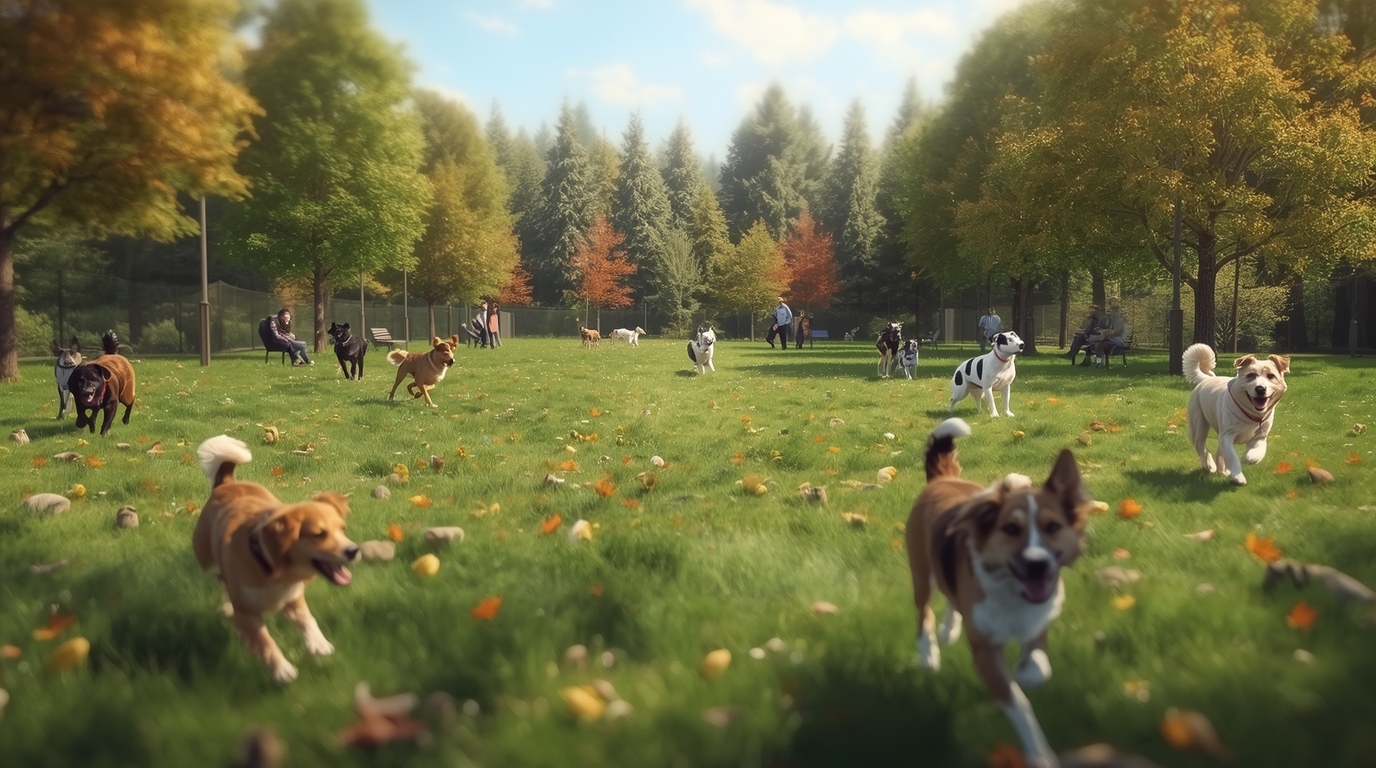
Common Mistakes Dog Owners Make in Dog Parks
Recognizing common mistakes makes you and your dog’s experience better:
Having poor recall training: allowing dogs to go free without listening to commands.
Overstimulation: taking an energetic or excitable dog to a busy park has the potential to cause fights.
Not supervising: allowing your dog to be loose or disregard warning signs of aggression.
Missing health checks: bringing unvaccinated and underworked dogs in.
Inappropriate conduct near gates: dogs running in/out leading to accidents.
Dog Park Styles & Innovative Parks in Australia
The dog park concept is changing. More recent dog parks now include features beyond mere open grass like quiet areas, sandpits, water facilities, naturalized landscaping, and sensory play items. These advancements enable dogs of all dispositions to use the space more securely.
For instance, Thomas Oval dog park in Melbourne features sand pits, reserved areas, and shade, Logan Road dog park in Albury boasts paddling pool, off-leash areas at Sydney Park, along with a dog café. These advanced parks focus on both dog health and owner comfort.
Check this: Can Dogs Eat Blueberries? A Guide for Aussie Pet Owners
FAQs: Dog Parks Australia
Q1. Are dog parks suitable for all dogs?
Healthy, vaccinated dogs generally enjoy dog parks. Puppies, older dogs, or ill dogs require extra attention. Wait until full vaccinations, see that they are trained, and pay attention to their comfort zone.
Q2. Are small dogs allowed in big dog parks?
Yes, but it’s safer if there are specific spaces for small dogs. If there aren’t, stay close, monitor interactions, and depart if things look unsafe.
Q3. How frequently should I visit the dog park with my dog?
It is dependent upon their energy level. High energy dogs may benefit from 2-3 visits weekly. Moderate dogs might enjoy 1-2 visits weekly. Be careful to respect rest, recovery, particularly for juvenile or elderly dogs.
Q4. What vaccines are necessary for visiting dog parks in Australia?
Core vaccinations are needed (such as parvovirus, distemper, hepatitis). Also guard against kennel cough and parasites. Always check with your vet, particularly if your dog is socialising or exercising in public off-leash areas.
Q5. What if my dog is shy or reactive?
Begin at less busy parks, early morning, or off-peak hours. Utilise quiet spaces if possible. Gradually work on socialisation using controlled, low-stress encounters.
Practical Tips Before You Go
Take your dog for a walk in park on leash beforehand to expend some energy. A tired dog is less likely to be agitated.
Take with you what you need: water, collapsible bowl, poop bags, towel or wipes in case it rains or is muddy.
Scan other dogs beforehand to check for good or bad behaviour.
Have a leash ready as an insurance if you need to be able to take control again.
Conclusion
A dog park can be a great place for your dog to stay physically fit, get along with other dogs, and exercise his mind. But, as with all good things, it is best when used well. Knowing dog park rules, picking good places to go, keeping your dog healthy and under supervision, and being considerate of others makes every trip better.
If your dog comes home pooped, happy, and content, you know you’ve done something good.

